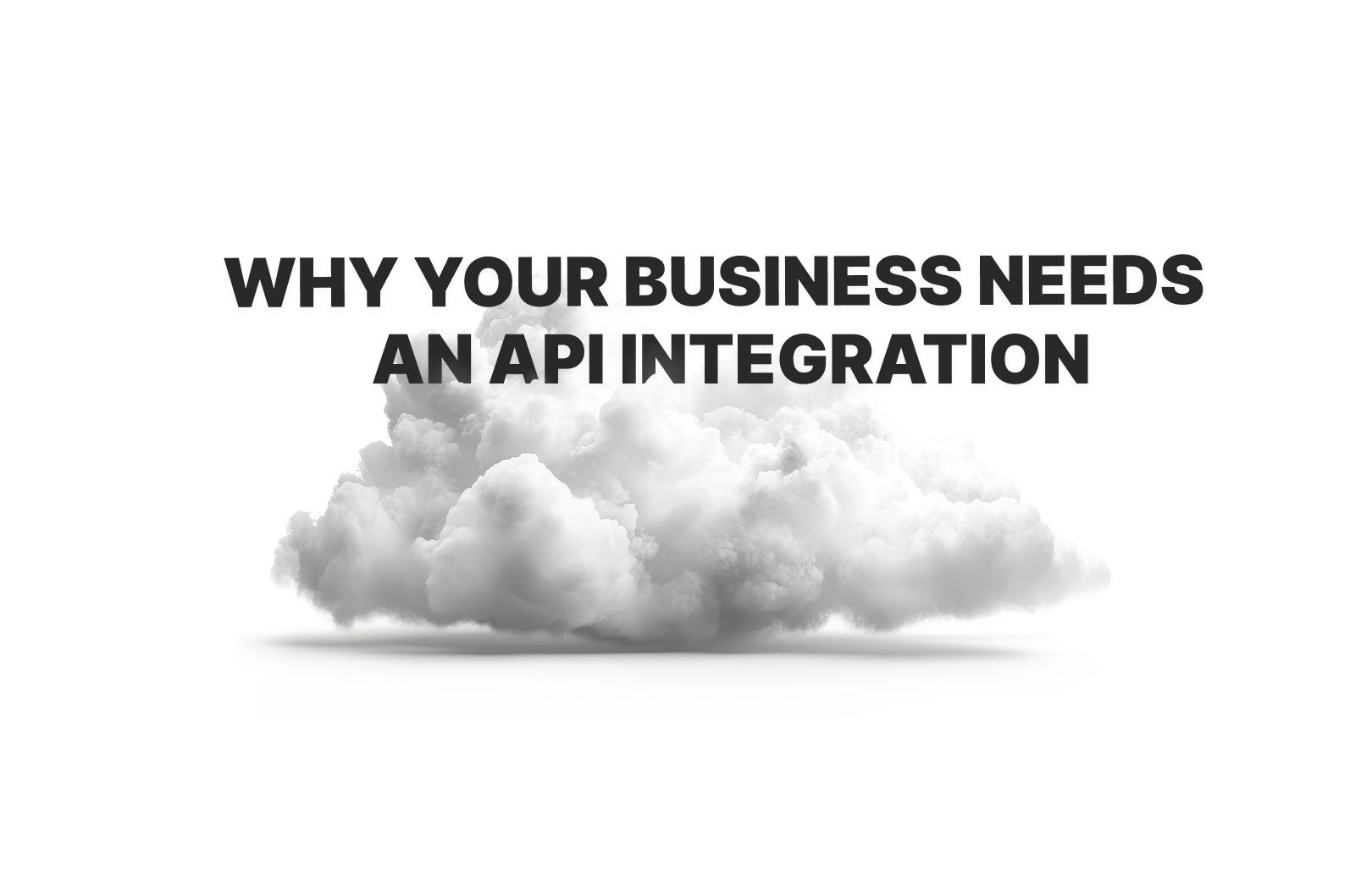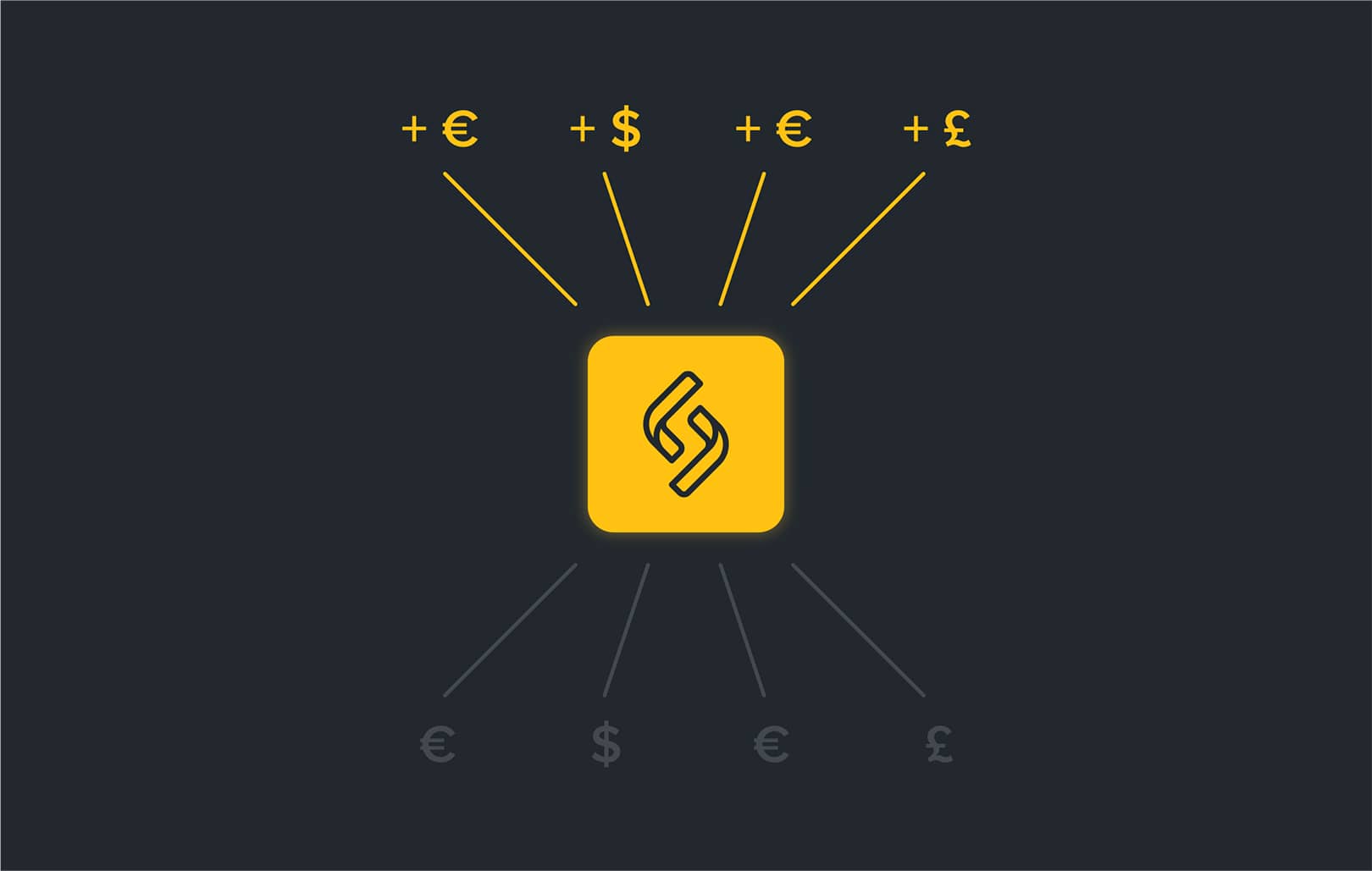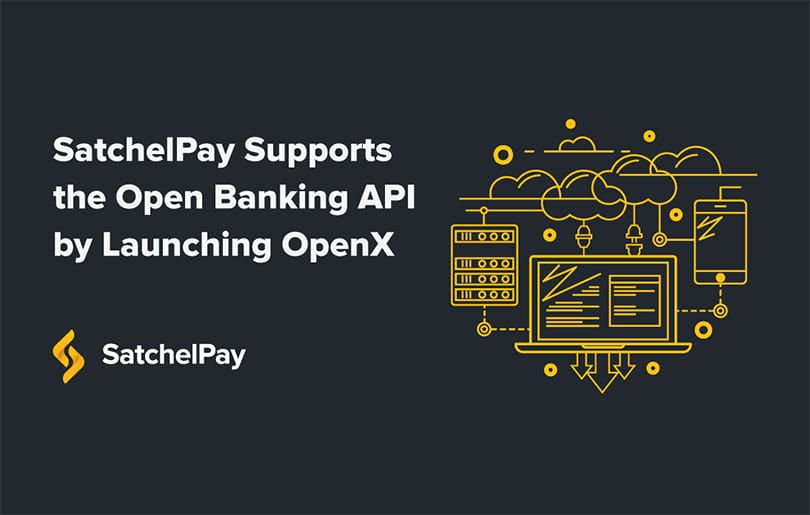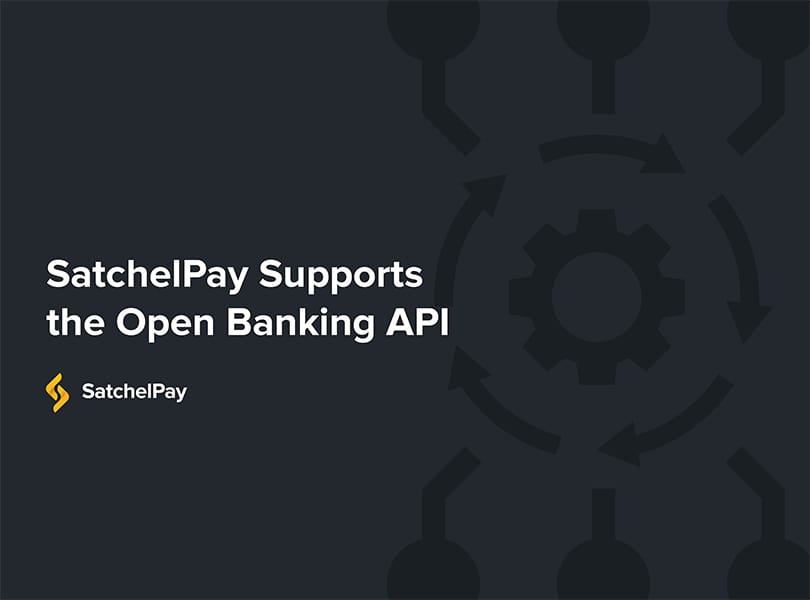Open Banking for Beginners

If you are interested and familiar with the sphere of financial technologies, you have sure heard the words Open Banking on multiple occasions, especially after the implementation of PSD2 in the EU. It often appears on various media channels, yet there is rarely a specific definition given to the term and little . The term gets thrown around a lot in the media, but little effort is made to explain what it actually means and what its benefits for banks and businesses. We are here to give you all the necessary insights on open banking and its role in the world of finance.
The History of Open Banking
In 2005 Henry Chesbrough introduced the idea of “open innovation” that changed the attitude towards data ownership and became the foundation for the GDPR and the Open Data movement. The latter is built around the concept of availability of data and freedom from copyright restrictions and similar control mechanisms. Open banking came as a product of these ideas and promotes the accessibility of personal banking data to improve customer experience and satisfaction. In order to support it, an updated piece of legislation, PSD2, was passed in 2015, across the European Union.
The Journey of PSD2
The European Payment Services Directive adopted by 27 EU countries in 2018, was aimed at creating a single European payments market with standardized laws and regulations. This was supposed to promote innovation and competition and generally make the online payment environment more effective. Banks became obliged to give third-party providers access to their databases, so that the latter can get their hands on the customers’ accounts and use financial information to upgrade customers’ experience. With open banking customers are also granted the right to share their transactions data with third-parties, which is enabled through such software tool as open APIs. In result, services will become more personalized and the competition in the industry will motivate the players to improve continuously.
What Are AISPs and PISPs?
Account Information Service Providers (AISPs) and Payment Initiation Service Providers (PISPs) are the two forms of third-party providers that exist and operate within the PSD2 framework. AISPs are licensed to use banks’ open APIs to get customers’ banking data and use it for further services provision. The standard example are personal finances managing apps that are so common these days and help users effectively manage their finances through in-depth data analysis and personalized advice. PISPs on the other hand handle payments using direct bak transfers, with no middle steps involved. This approach is safe, fast and more convenient for the customer. Payments can be made with as few inputs as a user name and a password, which greatly optimizes the process. These tools are already out there and available for companies willing to provide upgraded services.
What Is an Open Bank Project?
At some point it was important to create an instrument that would allow open banking to spread and evolve. In 2010, the CEO of TESOBE, Simon Redfern, launched the Open Bank Project (OBP), which provided third-parties an open source code to develop applications. It has significantly helped financial institutions to revise and improve their digital offers with the efforts of third-party apps and services. Importantly, OBP is fully compatible with regional standards, which allows it to benefit banks and companies in different geographic zones and provide new advantages for users.
Benefits of Open Banking for Users
Open banking became a way to get rid of third-party intermediaries when it comes to payment services and access to financial data. Executing payments through payment services provides is no longer the only option possible, as with open banking there is a direct real-time connection between the consumer and the business. For data access the situation is the same. As a consequence, individuals have greater control over personal funds and data, while companies get a chance to compete providing top-level services and unique user experience. Open banking has also helped optimize business processes and automate a great number of them, making them faster and more reliable at a smaller expense. With PSD2 numerous companies finally gained the opportunity to enter the industry that was prior reserved for the big players only and offer innovative products and services for both, companies and individual users.
Is Open Banking Secure?
Despite of the benefits range, the level of trust among users is still relatively low. In order to combat this, PSD2 has introduced a set of requirements that third-party providers must comply with. Basically, they are required to follow the same standards as traditional payment service providers when it comes to security. The supervision and extensive control of regulatory body ensure the competency of an organization and its proper accreditation. Among the new security requirements is the Strong Customer Authentication, a tool that increases the security of payments through requesting the provision of 2 out of 3 user authentication factors in order to use the services enabled by open banking.
The Future of open banking
Open Banking has created important opportunities and greatly boosted the potential of the industry. This is not just visible through the improved customer experience and the constant launch of new services, but also through the revenue opportunities created. Analysts say that by 2030, many of the top banks will considerably decrease in size, while FinTechs will become the market leaders. One thing certain, in the next years open banking will continue to steadily reshape the current financial environment for all of its participant.





